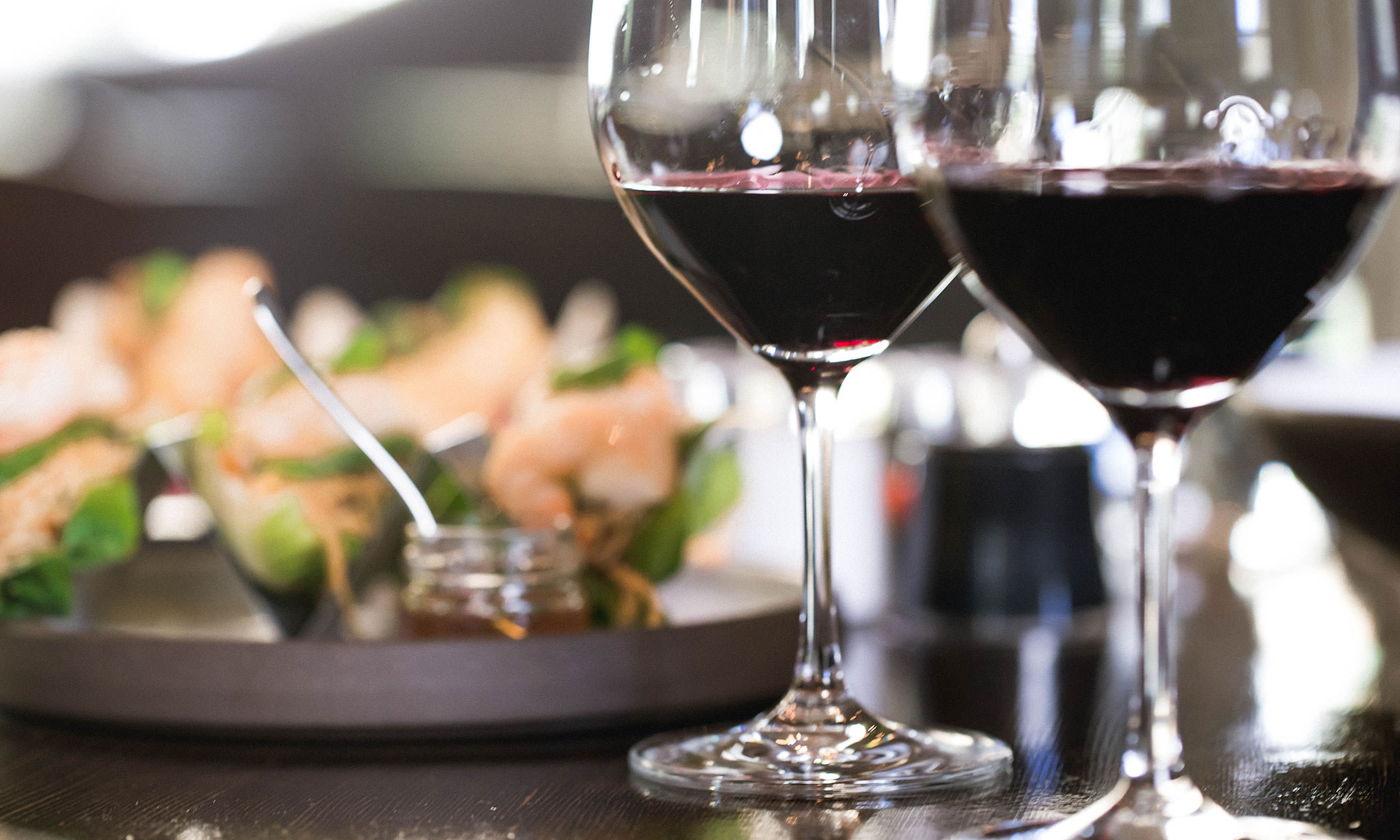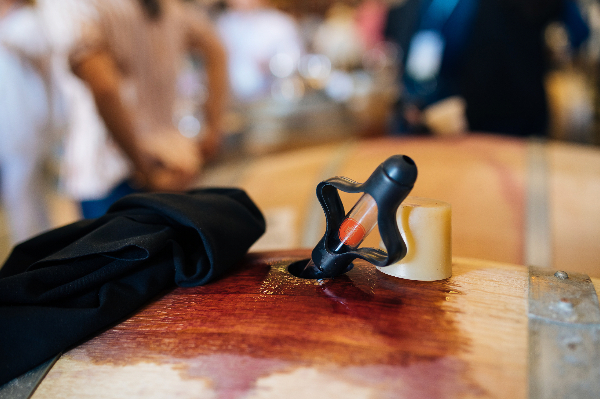Red wine goes with red meat. White wine goes with white meat. It's a wine and food pairing philosophy as old as dirt itself.
It's also not entirely accurate.
"It's definitely a cliché," says Mariela Viader with a laugh. Viader, the estate chef for Viader Vineyards & Winery in Napa Valley, enjoys hosting friends, family and customers for pairing experiences. "Wine and food were meant to bring people together. That's the beauty of our industry. It's about the experience and the company. It shouldn't be intimidating. It should be an adventure to the discovery of that beautiful harmony."
Wine and food were meant to bring people together.
The trick is navigating that fine line called a palate—a person's sense of taste. "Everyone's palate is different, so a lot of times the balance (of pairing food and wine) comes down to acidity and tannins," she adds.
Assessing Acidity
A good example of how acidity affects a pairing, says Viader, is to look at one of her go-to dishes: short ribs. "That first bite can be great and very flavorful, but it's also very fatty, so after a few bites it's very heavy. So maybe you add some citrus or some lemon zest and it adds brightness to the dish."
One staple of her preparation for a gathering—try not to do "rich on top of rich."
"We are concentrating more on the wine than on the food, so for example, instead of polenta with steak or red meat, we might go with cauliflower or a salad." Speaking of salad, it can be served with red or white wine; lemon zest, salt or cheese can adjust the "weight" of the salad.
KISS: Keep it Simple – Salt!
We've all been there. You pick up this huge steak from the grocery store and now it's time to doctor it up with the Triple Texas Ranger Down Home Barbecue Super Smoke Spice Rub that will take the flavor to a whole new level. While that may take the steak to a new plateau, it has the potential to send the taste of the wine down a couple floors.
"Fewer ingredients are better," says Viader, "because once you start adding marinades and herbs it can overwhelm the wines." She suggests a very simple add-on instead. "Just a little bit of salt is enough."
Salt is a key component of one of her standout treats. "Sweet ingredients will help some high-alcohol wines shine but can make drier wines taste bitter. We pair dark chocolate with our Petit Verdot, but I add nuts and salt," she adds. "I created a chocolate bark that enhances the red wine. It's a balance of bittersweet umami dark chocolate, fatty roasted almonds and the key ingredient—salt!"
Don't complicate your flavors, and don't be scared to try new things. It's all about what works for you.Mariela Viader,
Estate Chef
Tips to Tape on Your Refrigerator
Here are some of Viader's other stand-by tips for a tantalizing food and wine pairing … feel free to stick these on your refrigerator:
- Consider the umami effect. (Umami translates as a "pleasant savory taste.") Many umami ingredients like mushrooms, soy sauce, fermented ingredients and fresh tomatoes can really help provide weight in your meal.
- Try and match the weight of the wine to the weight of the meal.
- Salt and acidity will make a world of difference in the pairing.
- Salt enhances the flavors of the food while softening the tannins in the wine.
- Acidity that can come from citrus, vinegars and fermented foods will help in toning down the acidity in the wine, letting the fruit notes shine in the wine.
- High-acid wines pair well with acid-based fat like citrus butter sauce.
- Tannic red wines will pair well with fats like butter, cream and fatty meats.
- You can easily pair a light fish with a red wine when you add a cream sauce or play with umami flavors.
- You can also pair red meat with white wine by balancing it with an acid-based fat, like goat cheese or citrus aioli.
- To play it safe, stay away from ingredients that are too spicy or too sweet.
Viader, who attended culinary school and worked in local restaurants and in the catering business prior to joining the winery team, is a believer in selecting your wine first and then adding the food component. "Don't complicate your flavors, and don't be scared to try new things. It's all about what works for you."




